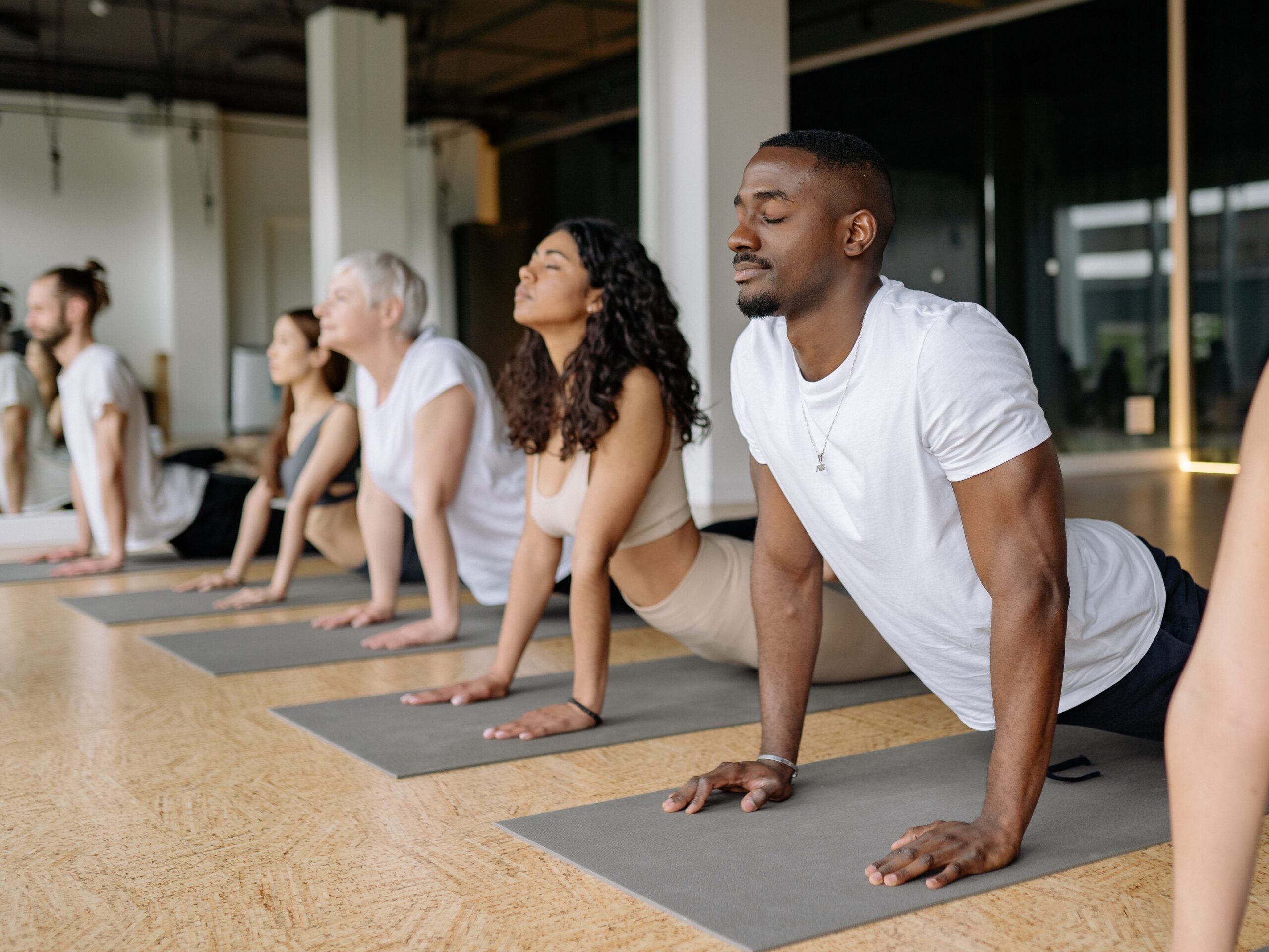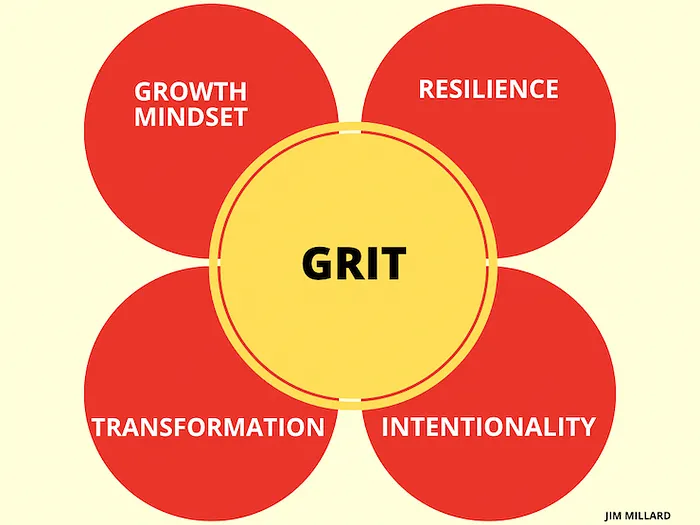Thinking of travelling overseas to race? It can be an exciting opportunity but having done this few times, there are a few things to know before you go.
BIKE SHIPPING OR RENTAL
I did a blog a few years ago on shipping your bike. You can find it here
BIKE SHIPPING OPTIONS
This blog is a bit old, but it's still pretty accurate so you might check it out if you want to travel with your bike. I've personally found that it is rather risky to travel with a tri bike as they are brittle and prone to cracking. I've seen plenty of reports from athletes who do travel with their tri bikes about luggage on top of the bike or cases being thrown into baggage compartments resulting in cracked chassis. Once cracked it cannot be repaired. Plus, dismantling a tri bike requires torq wrenches to properly reassemble them. I usually just travel with my road bike which is more sturdy, easier to dismantle and reassemble. I have insurance through state farm for both bikes which costs me about $300 per year also.
There is apparently a way to ship your bikes in two bags now that eliminates the over size baggage charges. I've done a bit of research in found this site with some
good advice for bike shipping.
There is also another option available since the demise of TBT;
Bikeflights I personally have no experience with this company so you might check out the ratings sites on this one.
I prefer to rent a bike. Yes I know your bike is comfortable, you paid for a $300 bike fit etc. Despite that I have to say you might actually find that your rental bike is better than your personal bike. I have ridden some outstanding brands on my overseas rentals and have not been unhappy with them at all. I did not find them to be a limiter to my outcomes, in fact in Abu Dhabi World championships I rode one of the best bikes I've ever ridden, far better than my own. Rentals can cost anywhere from $300-$700 with a race day deposit of $600 until you return the bike.
No matter what method you choose, make sure you fully understand the logistics that are required.
Travel hint: I've found that if you check in curbside, sometimes they won't charge you for shipping your bike. I leave a big tip on those days. Domestic travel with your bike is somewhat less risky. I've seen atheltes competely freaking out about the loss of their bike trying to rent a bike last minute days before a race. Just be aware that traveling with your bike can be a bit nerve wracking. It's also hard to find a cab that can take you anywhere with a huge bike case in tow.

I don't want to go through all the rules here but you need to prepare yourself for differences. For example, IM races in the US do not require bibs on the bike. International rules do require this. Unfortunately they just say, "you must have your bike number on the bike" which they mean your bib, but if you think only bike number, with the sticky labels on the bike and helmet as well as your tatoos, you might think, as I did, that this is sufficient. It is not. There is a penalty for not wearing the bib on the bike so little things like this can catch you by surprise if you are un prepared.
Always read the athlete guide and rules for the race. Yes they are boring but it could save you penalty time or even a DQ if you miss a rule.
Sometimes course talks are mandatory. In Ironman you must check in two days before the race so if you arrive Sat for the Sun race, you may be unable to compete. They do not give much quarter for racers that arrive too late to check in officially.
Check out public transportation
Most international cities have very good, regular, dependable public transportation. Even cities where you might not expect electronic access and reliability have systems that are truly amazing. If you have not used public transportation, it can be a bit overwhelming to figure out, but once you do, you'll see it's not only faster and cheaper than driving, but also much easier.
I used a Eurail pass for 4 days of travel. Senior discounted 1st class was like $260 for 4 days. (you buy days of travel which is unlimited rides for each day). You may need to reserve your seat for a cost (from 4-40 euros) but one trip from Perpignan to Brussles was $250 and I used my Eurail pass for this trip, seat reservations cost me 40 euros. So this 12 hour trip with 4 train changes only cost me 40 euros on the Eurail pass. I used all four days and probalby saved the $400 in train trip costs. Here is the official site
Eurail
Do not start your pass until your first reservation date. You only have a month to use it. Having Eurail allowed me to quickly alter my ticket on my phone when I needed to in Brussels so the flexibility is amazing. You will need your phone and the app to use this.
A couple of things about trams and metros: Lines are labeled by color, end point name or letter/number. Often there are maps that show line names and stops. Sometimes tickets are charged by distance or region, other times they are all one price. Bikes are allowed on metro and trams. In some countries if you are over 65, you get free or reduced prices. In Budapest for example I rode free on all tram rides. (be sure you have your passport to show your age). In France, no discounts are offered for non citizens. In Spain, I had senior disounts on all rides and tourist attractions. It varies. If in doubt, look for the
i symbol and ask for help.

Most people there can speak English and in several cases, (like when I got totally screwed up in Budapest) you can get very good empathic help for resolving your crisis. Say please and thank you.
Trains are used for longer rides between citis or regions. You may have to combine both metro and trains. A note, if you are traveling between cities, you may have to go to a specific train station. To travel between Spain and Belgium I had to change train stations twice. Once I used the metro in Paris to go from Gare Lyon to Gare du Nord and in North france I had to change from Lille Flanders to Lille Europe, at 10 minute walk. Trains have 1st and 2nd class cars and are identified by Train number and system. Your seat is identified by car and seat number. In France they have diagrams that show where your car number will stop so you can walk to that slot and get on quickly. Bags can be stored overhead or at the end of the car. There is not much room for bikes on trains but people do bring them and usually leave them at the end of the car where there is sometimes room for a bike.
About money exchange
I try to bring US dollars to exchange usually. It's cheaper to exchange real cash than to withdraw from an ATM etc. Sometimes you can do this without fees with dollars but it's always fee based for ATM withdrawals, sometimes by the bank atm and your bank as well. Know the exchange rate of the day, try to time it so you get the best rates, you can get a few more euros this way. Exchange rates for Dollar to Euro varied from .8 to .95 while I was there recently. $1 = .8 Euro. Some countries like Hungary and Montenegro use Euros but also support their own currency. If you pay euros they may charge you more.
For payments with credit card; ALWAYS CHOOSE THE LOCAL CURRENCY. Why? Because your bank will assure you get the best daily exhange rates into dollars. If you choose the local currency you are allowing the retailer to choose the exchange rate...often in their favor. You'll get a question on the charge machine about what currency you want. You'll pay less if you use local currency is the message.

Airport exchange sites are HUGELY expensive. I save my paper and coin currency from past trips and bring it with me to pay for cabs from the airport, but if I'm short, I'll use my US dollars to exchange about $50 so I can pay in cash to the taxi. Some countries do not have reliable card systems for taxis like Croatia and Hungary, they want only cash. Be prepared.
ASK HOW MUCH BEFORE YOU GET INTO A TAXI. If you don't they may gouge you. Use your google maps to locate where you are going and about how far it will be prior to entering the cab and follow as you ride to avoid being taken for a ride.
PHONE SYSTEMS OVERSEAS
I have Verizon wireless with an international adder. I pay $12 per day for reliable cellular service for each day I use it. If I don't use cellular that day I don't get charged. This may seem costly, but I will tell you that anywhere I have travelled, I have service, immediately upon arrival. I get a text message minutes after I cross a border and know I am connected. 3G=5G depending on what is supported locally. This is very reassuring. Two years ago in Honduraas with my daughter, despite having called AT&T to arrange for international service, she was never able to make cell calls without WIFI. I had service the monent we landed. I will say my phone uses lots of juice on international trips so I carry a portable external battery pack to recharge my phone. These days you use for phone for a variety of things so it's important to have a reliable system. In Zagreb for instance, payments and rides on the tram were done through an app.
SWIMMING OVERSEAS
If you want to swim overseas, there is an website that can help you find public pools that you can access.
SWIMMERS GUIDE
Rules for using these pools varies A LOT. It's best to call the pool and if you can find a local who speaks english to help you, that's likely the best. Many pool managers won't speak much english (in my experience) and negotiating to get a reservation to swim can be complicated. For example, in Madrid, I had to download an app, become a member, make a reservation and then confirm that reservation in person. The pool had like 4 lanes and they were all pretty full when I arrived. Some have requirements for certain types of suits for men and women (french pools require speedo suits for men) and they require swim caps for women. Public changing rooms can be co-ed, so prepare for this. Bring your own lock and towel and be prepared to walk through a mandatory shower to enter. Reservation times are rigidly enforced in some pools so don't delay exiting.
As for international racing, I have loved the races I've done in Dun Laoghaire, Abu Dhabi, Malaga, Muskoka, Liege but they do require a lot of planning, expense and some ability to be flexible and problem solve. Running races are by nature far less complicated, but doing a triathlon overseas can be rewarding and amazing as you ride through some really beautiful scenery, meet racers from all over the world and find you are way more capable at managing the complexities of these races than you might have imagined.
Good luck on your next international race!






























